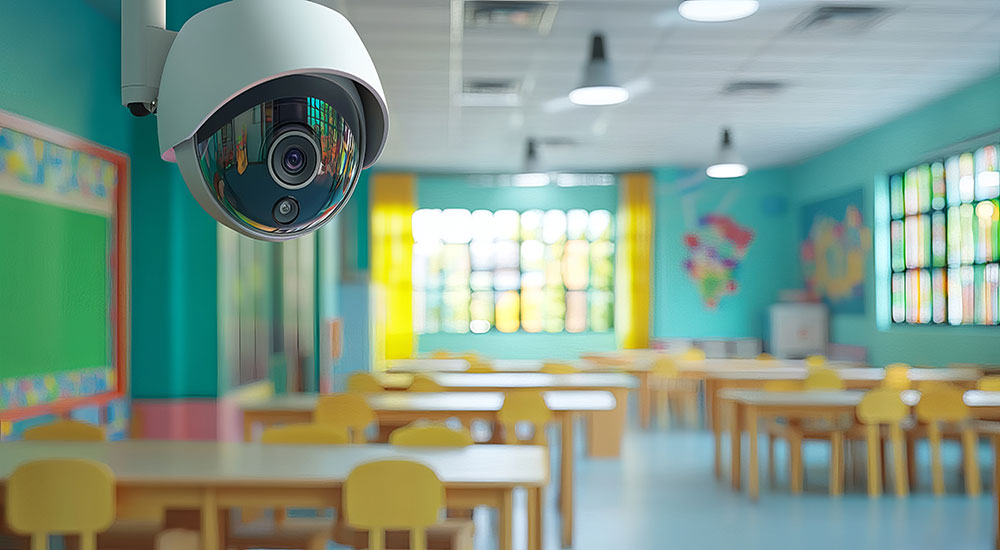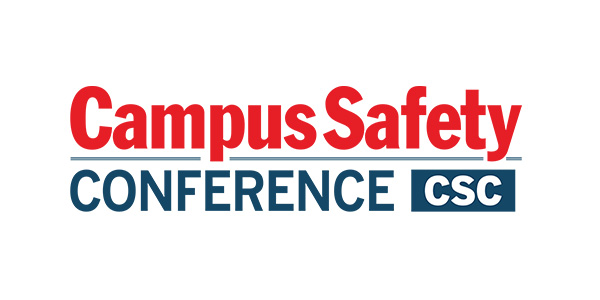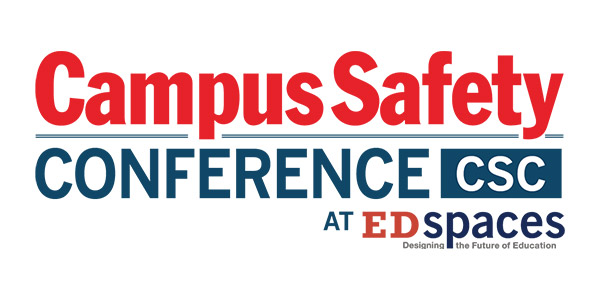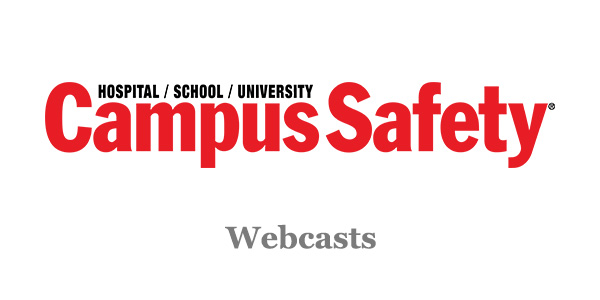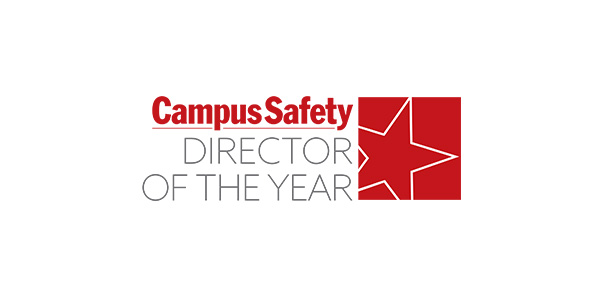Defining the need for school security and video surveillance is usually straightforward. Justifying the dollars required to install and maintain that technology can be a different matter. With internal resources and budgets getting tighter and tighter, schools are often expected to do more with less and keep technology running for longer.
These challenges heighten the importance of choosing the right technology and adhering to a strict maintenance and update schedule to ensure that all cameras and devices perform for the long term. Schools at any level – K-12 or higher ed – have to recognize the importance of performing regular physical maintenance, installing firmware updates, and prioritizing camera replacements based on areas of need or vulnerability.
RELATED: More Than 8 in 10 Campuses Use Their Security Cameras Daily, 2024 Video Surveillance Survey Finds
Schools often struggle with allocating sufficient budget for camera maintenance, leading to potential downtime and inefficiencies. Many have limited staff to conduct routine checks and basic troubleshooting. Working closely with service providers and following manufacturers’ recommendations can alleviate resource constraints.
Due to budget restraints, many schools still use outdated camera technology, with grainy output making it hard to clearly distinguish people or objects of interest. If cameras haven’t been properly maintained over the years, corrosion can build on the lens, or they could simply be out of service.
7 School Video Surveillance Equipment Maintenance Tips
Through regular maintenance and management of their video surveillance systems, schools and universities can optimize their security posture and allocate resources effectively. Regardless of the application, technology is technology and must be kept current and updated — and always in a timely fashion.
Here’s a starting point checklist for system maintenance:
- Perform physical maintenance on cameras on a regularly scheduled basis. Keep constant communication with your security provider and develop a relationship with your camera manufacturer.
- Manufacturers regularly push out release dates and firmware updates, some of which will be security patches. Those firmware updates are extremely important and should be deployed as soon as they are received. Subscribe to manufacturer RSS feeds, newsletters, and other channels to receive the latest information.
- When doing a wellness check for cameras, it’s important to look at recorded daytime and nighttime footage, because you may see things that show up at night with reflective IR that would not be visible during the daytime. Often, cobwebs form within the camera frame, making it hard to notice unless you’re viewing night footage.
- Water droplets can easily form on cameras that are regularly exposed to the elements. Domes and lenses need to be checked on a scheduled basis.
- Make sure tamper notifications are enabled, to alert users if anything physical has happened to the camera that would cause performance issues.
- Periodically review recorded footage to check for proper storage and playback.
- Prioritize camera replacements based on areas of need, vulnerability, and high traffic, rather than replacing everything at once.
Time to Upgrade Your School Video Surveillance Equipment? Choose Wisely
Even with the most effective and stringent maintenance program in place, at some point all products reach their end of life. Surveillance cameras are no longer being used to look at recorded video after the fact. Newer cameras offer advanced features like multiple lenses, panoramic views, and analytics that can provide efficiencies and proactive alerts rather than just post-incident review, alerting administrators in real-time of potential disruptions in their environment.
Advancements in algorithms and AI analytics are propelling the capabilities of surveillance cameras, delivering precise detection, robust search, elevated data analysis, and enhanced image quality. This powerful combination of performance and intelligence makes it easier to justify a spend due to their proven performance in saving time and increasing efficiency.
Solutions combining AI with on-board analytics enable highly accurate object detection and classification with fewer false alarms, alleviating the burden on school resource teams. Schools can perform people-counting to accurately track the volume of people entering or exiting a building, which helps administrators monitor their population. AI-powered cameras enable intelligent monitoring capabilities, including the ability to receive real-time alerts for security incidents, or perform license plate recognition (LPR), capturing details about traffic flow and the types of vehicles entering a campus.
RELATED: Don’t Wait Until It’s Too Late to Replace Your Digital Signage
In addition to creating a safe campus environment for staff, students and visitors, today’s newer security and surveillance system deliver operational benefits ranging from enhanced situational awareness to fewer on-site incidents to more efficient allocation of staff and resources to match the unique needs of each school. For example, most schools can’t afford to have a dedicated person live-monitoring video walls. IP cameras with AI-based analytics can help school administrators get a better handle on access control and monitoring of hallways, classrooms, and exterior parking lots.
No school is required to update everything all at once. The right pace is an individual decision for each institution and often in this industry, the “old” will continue to work with the new. A school can prioritize their security needs and then start small, implementing a “phased” security program based on areas of need.
Environmental factors like campus size, location, urban or rural settings can all play a factor in purchasing decisions. Most often, budget will drive security or technology upgrades. More schools are treating surveillance cameras like any technology appliance and are becoming more comfortable with the idea of updating them more regularly than in the past; now a five-year replacement period is common for a camera system.
For school districts with multiple sites, some of those campuses may be in areas with nearly non-existent crime rates, while other sites in that same district may be in challenging areas with a higher crime rate. Districts certainly need to consider that balance when making buying decisions and more federal grants are being awarded to those areas of need.
Take careful consideration related to the duration of video retention. A best practice is to periodically review the recorded video to ensure footage is not being overwritten due to space constraints.
Video Surveillance Differences in Higher Ed vs. K-12
Higher education settings, especially residential college campuses, are their own small communities or towns: with 24/7 traffic, restaurants, libraries, and shops as well as sporting events and other live entertainment drawing off-campus crowds. In K-12 environments, perimeter control and strict visitor management create a different dynamic, affecting the types of assets needed to achieve the right the coverage to maintain the right type of video surveillance posture.
Maintaining a school surveillance camera system is crucial for ensuring a safer and more secure campus environment. Implementing and maintaining the right type of system while working closely with a service provider or manufacturer effectively requires a balanced approach that addresses budget and maximizes security benefits.
Paul DuBois is Business Development Manager, Education, at Hanwha Vision America.
NOTE: The views expressed by guest bloggers and contributors are those of the authors and do not necessarily represent the views of, and should not be attributed to, Campus Safety.

